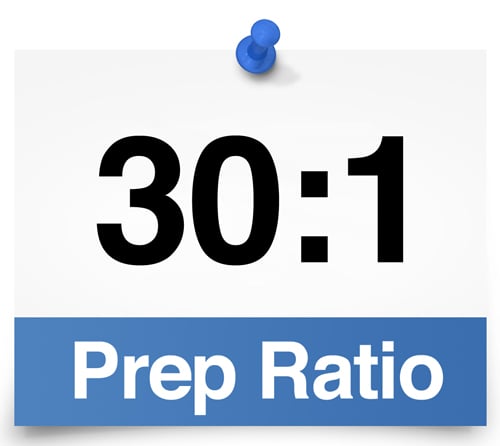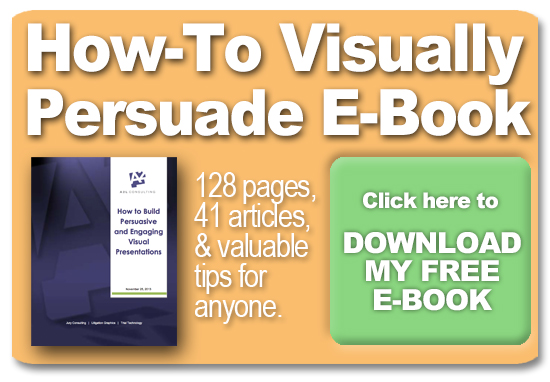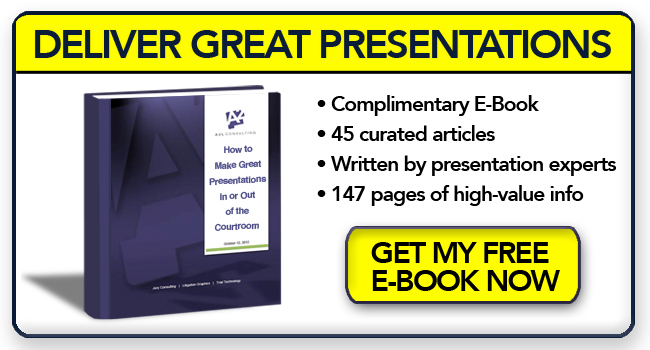I find that by knowing how long something typically takes to do well, one can actually become better at doing that task. It makes sense, right? Once you know how long great work takes, you stop second-guessing your schedule as you do the work. I remember noticing this when I was doing computer animation in the 1990s.
Back then, I had recently finished law school, I was launching A2L, and I could do a bit of 3D animation work myself. However, with the company taking off, I had a chance to work with trained professional animators for the first time. I was shocked to learn that they could spend months working on a single minute of 3D animation to get everything looking just right.
Rendering, the computational process of allowing a computer to create the frames of an animation, could take hours for just a single frame (there are often 30 frames for every second). A minute of animation might have 1,800 or even 3,600 frames of animation. That time scale surprised me and took some getting used to. Once I did get used to it, however, I became a much better animator and designer.
Of course, understanding how long it takes to create great work is not limited to art.
I find the same is true for giving speeches, planning an opening statement, prepping for a mock trial or making a sales presentation. To do them well, it takes time, but how much?
I believe the right answer lies in a 30:1 preparation to speaking-time ratio. That is, if you have prepare a one-hour opening statement, you should take 30 hours to write, prepare and practice that opening statement. I think the same is true for a speech or a sales pitch.
Last week, I had a chance to deliver a commencement speech to the graduate-level students at the University of Mary Washington, my undergraduate alma matter. As I wrote about in 21 Steps I Took For Great Public Speaking Results, I practiced a lot, I used a coach and I exceeded a 30:1 preparation ratio by a wide margin for my 18-minute speech. I'm happy to say it was very well received.
"They call it the practice of law, but nobody is practicing."
My colleague Ryan Flax said this not long after he joined A2L and after 13 years of litigating cases. I think it is an insightful statement.
Perhaps driven by client cost pressure, very few litigators are practicing like they should be. The ones who do are mostly those at the top of the profession. Perhaps it is because they have less cost pressure and can afford to conduct multiple rounds of mock trials and other preparation events.
We have written about the importance of practice before. In 3 Ways to Force Yourself to Practice Your Trial Presentation, we discussed some specific strategies for encouraging more practice. Hollywood chimed in on its approach to getting ready for a performance in Practice, Say Jury Consultants, is Why Movie Lawyers Perform So Well. In Accepting Litigation Consulting is the New Hurdle for Litigators, I related the value of using a litigation consultant to help prepare for trial to the role of a coach helping a professional athlete.
Articles related to giving effective presentations, conducting good trial preparation and practice on Persuadius's site include:
- FREE E-BOOK DOWNLOAD: How To Create Persuasive Visual Presentations
- Practice, Say Jury Consultants, is Why Movie Lawyers Perform So Well
- Litigator & Litigation Consultant Value Added: A "Simple" Final Product
- Litigation Consultant: Embrace a Two-Track Strategy & Win the War
- 3 Ways to Force Yourself to Practice Your Trial Presentation
- FREE E-BOOK: Making Great Speeches and Connecting with Your Audience
- Accepting Litigation Consulting is the New Hurdle for Litigators
- 16 Trial Presentation Tips You Can Learn from Hollywood
- Mock trial services lead by a jury consultant with 400+ mock trials
- A2L's Micro-Mock helps lawyers practice on a budget
- The Very Best Use of Coaches in Trial Preparation
- FREE WEBINAR: Using PowerPoint Litigation Graphics
- Sample One-Year Trial Prep Calendar for High Stakes Cases







Leave a Comment